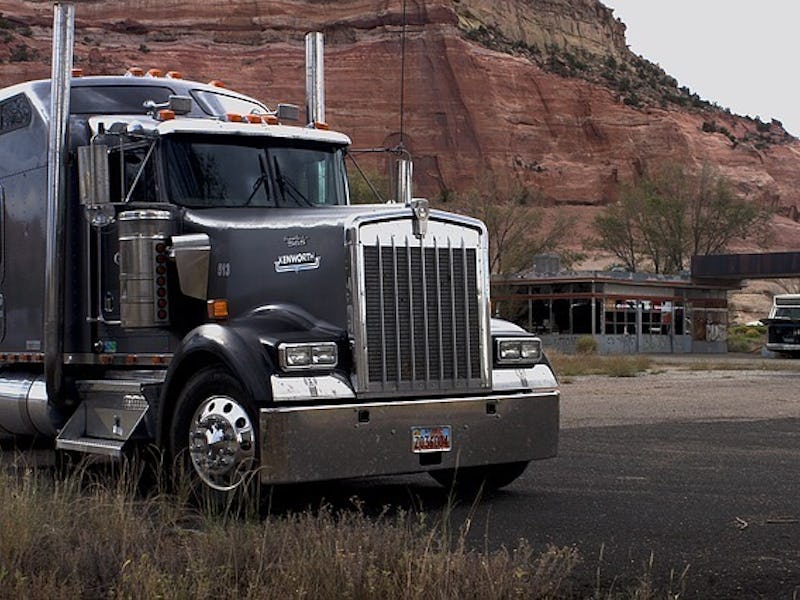Trucks allow the economy to function. There would be no sprawling grocery stores, online shopping, or other businesses without this vast network of drivers criss-crossing the country. Yet many people don’t think about this industry — until now, thanks to competing initiatives from Uber and Amazon, which are both working on services to change the future of trucking.
Both companies have similar ideas. Uber has slowly launched a service called Uber Freight that connects businesses that need to ship things with truckers willing to drive them. Amazon is said to be working on a similar product, first for its own use, and then for everyone else who needs to find a way to get a product from a California warehouse to a Vermont doorstep.
Uber Freight makes sense. The company is built on connecting people with drivers, and it acquired a startup called Otto in August to build autonomous trucks capable of traversing the country’s highways without the assistance of a human driver. Uber could use the service to make shipping more convenient, teach its self-driving trucks, and usher in the era of autonomy.
Amazon’s service would be similar in its intentions. The company’s working on and Uber-like app to fill its own needs — much of its business depends on getting items from points A to B — by making it easier to handle shipments and cut out broker fees.
Those fees could make both of these services more appealing to businesses and drivers. Brokers can take large percentages of a manufacturer/ distributor’s fee to a shipping company in exchange for matching them up. Uber and Amazon will help the two sides of the business communicate with each other and could take a smaller cut of the payment. This would make shipping products more lucrative for everyone.
But the services are likely to differ in their execution. Uber is a platform that, for the most part, only makes its money by taking a cut from all the transactions it helps facilitate. The company’s often-controversial practice of raising fees at peak hours (“surge pricing”) could also make it hard for companies to know how much they’re going to spend at any given time.
Amazon is more interested in selling things to people and helping others do the same. That’s why it offers products like Amazon Web Services — the company needed a way to make sure its website performed as well as it could, so it built one, and then it turned it into another revenue source by giving others access to it. The same could happen with trucking.
Now the question is which approach is going to prove more popular: Uber’s plan to use Uber Freight as a teaching tool for its autonomous trucks while potentially making money via surge pricing, or Amazon’s hope to make truckers and businesses happier while making a few bucks in the process. (Uber declined to comment for this story.) We’ll find out soon, as Uber Freight’s expected to debut in 2017 and if the secretive Amazon has let slip information about its service, chances are good that it won’t be too far behind.
